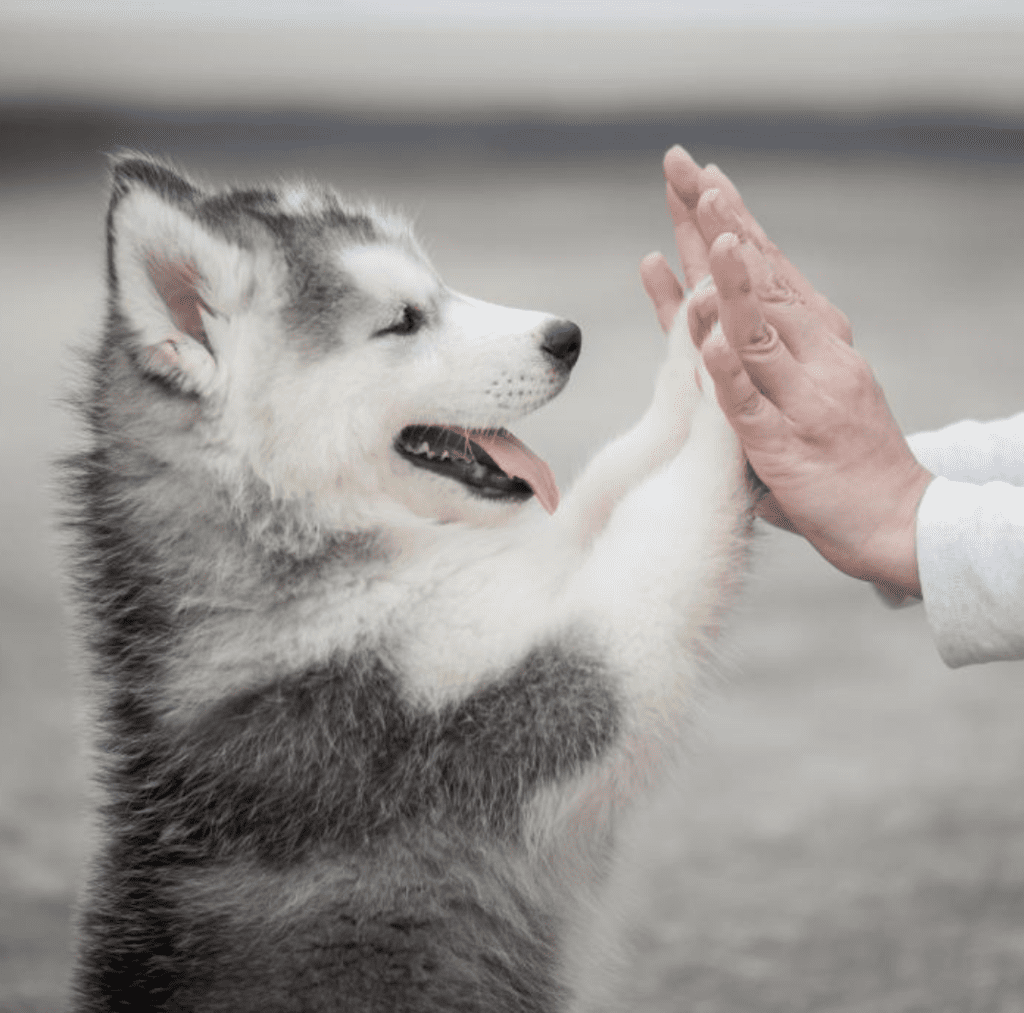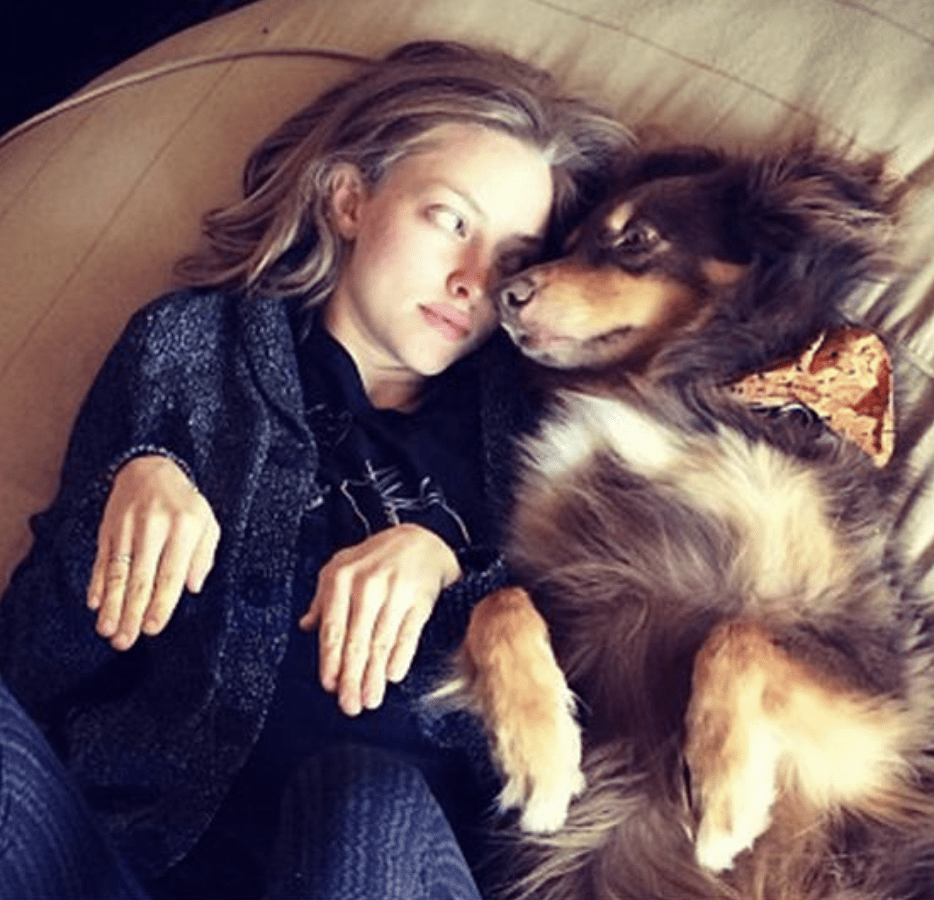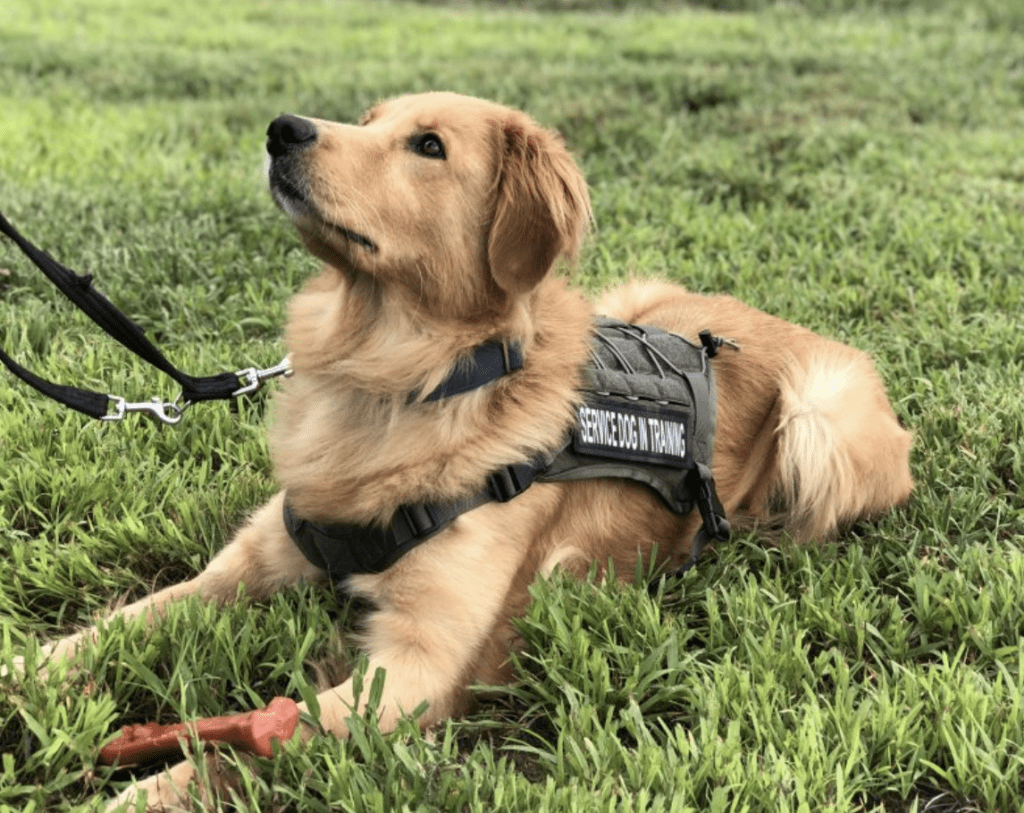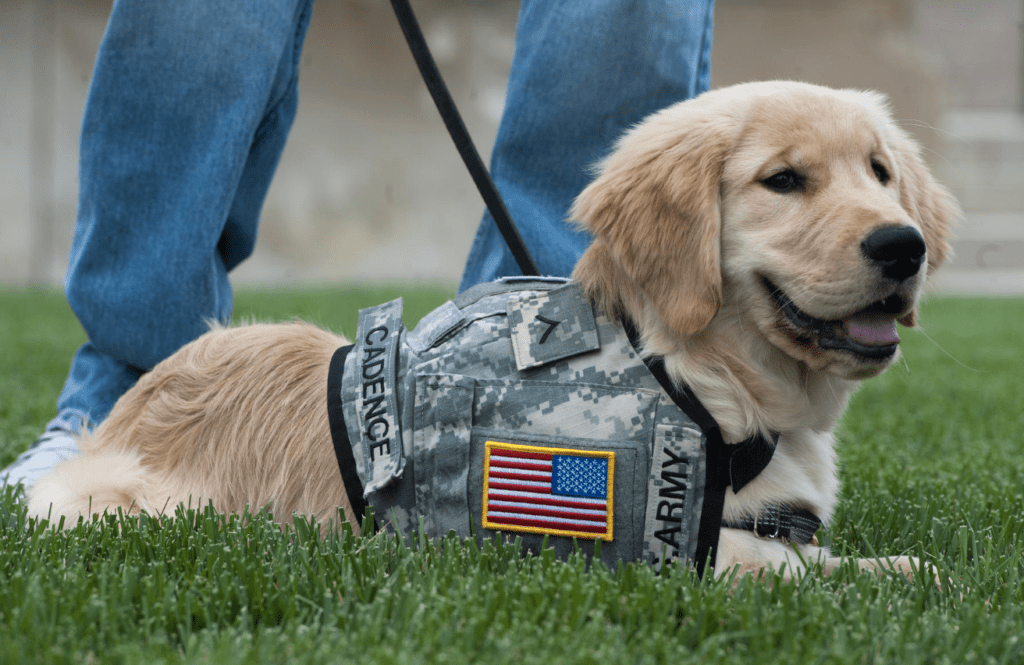Why Dogs Are a Necessity for Humans

Why Dogs Are a Necessity for Humans – America is home to about 90 million dogs who have the essentials of life: love, food, fun, sleep – Dogs know how to live.
Today, reportedly 53 percent of households in the United States own at least one dog, which equates to 89.7 million dogs across 63.4 million households.
In 1998, the first year that the study was conducted, only 56 percent of U.S. households owned a pet at all, not even necessarily a dog.
Why Dogs Are a Necessity for Humans – There are exceptions. Dogs can be like humans. Some dogs are nuts. Some are skittish, or inappropriately exuberant, or lazy. They can be given to possessiveness and envy.
U.S. Pet Ownership Statistics >>
Why Dogs Are a Necessity for Humans – Descendants From Wolves
Researchers agree that dogs descended from wild wolves, but where and when the separation occurred are points of disagreement. A 2016 study determined that dogs originated from two distinct wolf populations, one located in Europe and another in Asia. That meant that there were two distinct periods of domestication, both about 20,000 years ago, with the two lineages subsequently combining to become modern dogs.
But a July 2017 DNA study changed the conversation. After tracing the rate of mutations in dog genome, the study found that dogs actually diverged from wolves roughly 40,000 years ago, all at once instead of in separate waves.
According to this study, the split between European and Asian groups occurred about 20,000 years after the initial domesticacian event.
It’s not that humans domesticated dogs, but rather that dogs changed themselves to adapt to us. The process began when wolves that would usually have to hunt on their own started to encroach on hunter-gatherer camps to scavenge for leftover food, talking advantage of the resources humans had to offer.
Why Dogs Are a Necessity for Humans – A Dog’s Life
It seem that a puppy’s outlook on existence, in its simplicity of wants and its simplicity of virtues (loyalty chief among them, empathy too), represents a life-form that has things figured out.
Yet, these are the same dogs that can drive a herd, guard your home, pull a cart, find a felon, provide emotional support and service and do “tricks” for your amusement.
We love dogs. partially because they provide unconditional love, they sense what we need and when we need it and they obey our commands: They sit when you say “sit'”, they come when you call “come” and raise their front paw to shake your hand when you stick your hand out palm up, just because they know you like it.
Family dogs have an innate ability to calm kids down. One study from Yale University, for example, found that children who briefly played with dogs had reduced anxiety, and researchers at Kent State University, in Ohio, found that kids who had to give a five-minute speech were less nervous when their pet was in the room.
A dog offers a child unconditional acceptance, companionship, and emotional attachment that he may not get from siblings or friends;’ explains Gail Melson, Ph.D., author of Why the Wild Things Are: Animals in the Lives of Children. But research has also found that kids who have a close relationship with their dog are more likely to have a strong bond with their parents and friends, too.
All that eager tail wagging may inspire kids to share their feelings and affection more freely with the other important people in their life. Although getting a dog won’t automatically end a child’s bad dreams or meltdowns, a well-trained four-legged friend can have lasting emotional benefits.
Dogs always seems to know when we are sad, worried, anxious or happy and they will physical contact (place their head on your lap, lick your hand or face, place a paw on you, lie next to you to show empathy and let you know that they are there to support you.
Sometimes kids consider dogs to be more supportive and empathetic than people. “Dogs are not judgmental, like a sibling or a friend can be,” says Dr. Berry. “Kids don’t have to justify why they aren’t doing their homework or worry that the dog doesn’t think they are cool.”
Having a dog gives kids an opportunity to show and develop their nurturing side, adds Alan Beck, Sc.D., director of the Center for the HumanAnimal Bond at Purdue University, in West Lafayette, Indiana. “It provides very positive reinforcement for them because if they walk their dog or fill his bowl, they’re rewarded with a tail a wag or a loving gaze that they interpret as a thank you.
Research has found that dogs can impact the body as well as the mind. Kids who grow up with a pet are less moody and anxious, have higher levels of self-esteem, and are likely to be healthier and more physically active.
Why Dogs Are a Necessity for Humans – Choosing the Right Puppy

What to Look For in A Puppy When Looking for a Puppy
First things first, no one goes to look at puppies. Realize that when you go to see puppies that you are getting a puppy!
You might fall in love with a picture of a dog on a website, but only by meeting the dog can you make sure he has an easygoing personality, says Ragen McGowan, Ph.D.
If you’re picking out a puppy from a shelter or a breeder, observe the littermates in their kennel before they realize you’re there, and watch each puppy as you approach her. The puppy that you are should pay attention to is the one that has his/her head up and tail wagging as you come toward him/ her. Avoid any puppy that runs away from you or nips or struggles with you if you try to pick him/her up.
Most breeders and shelters have a separate area where you can do a meet and greet. If you have kids, look for a dog who seems interested in your kids but who isn’t trying to jump on them or chase them around – this could be a sign that the puppy can handle the chaos of family life without becoming too anxious or excited.
Once your dog feels at home, look for ways to foster a nurturing and emotional relationship. If your child grumbles about getting up for school, take the dog to the bus stop to brighten a dreary day. When you’re dealing with homework, suggest that your child do it with your dog nearby. One study found that second graders who read books aloud to dogs developed a more positive attitude about reading.
Over time, any dog can learn advanced stress-reduction skills. Teaching your puppy can be as simple as encouraging him to lie down on your child’s legs, acting like a weighted blanket. And don’t underestimate the power of a dog and child sitting side by side, gazing into each other’s eyes. Says Dr. Berry, “At the end of the day, it’s the simple things that matter most, to both kids and dogs.”
Why Dogs Are a Necessity for Humans – Emotional Support & Service Dogs
Service dogs are different from therapy dogs (often brought to sites to help people deal with grief and tension) and emotional support animals (ESAs, who typically aid just one person). According to the Americans with Disabilities Act (ADA), service dogs are those that have been specially trained-at a cost of up to $35,000 and with some 500 hours of training-to perform helping tasks specific to the owner’s disability.
Therapy dogs and ESAs may or may not be formally trained; they aid people simply by their presence. Service animals are “working animals” and are not pets, according to Justice Department ADA requirements, giving them the right to be in pretty much any public space. ADA regulations state that “dogs whose sole function is to provide comfort or emotional support do not qualify as service animals under the ADA.”
So while true service dogs are legal in restaurants and bowling alleys, therapy and ESA dogs technically aren’t. Unfortunately, that technicality is often ignored by pet owners who want to take their dogs with them everywhere.
Not all emotional support dogs are “trained” and end up misbehaving in public places and that reflects very poorly on real service dogs.
What Makes a Good Service Dog
When it comes to a good service dog, size matters. If the dog is too small and they won’t be of much physical help to their human. If the dog is too big and they can’t fit under a restaurant table inconspicuously or other small spaces (especially in cars, trains, planes, etc.) it will provide limited value.
Roughly 70 percent of Labradors, golden retrievers, and German shepherds that enter a service dog program become certified, while only about 2 percent of other breeds make the cut says one trainer. When it comes to temperament, the best service dogs are friendly, people-oriented, calm, and not too active.
Bernese Mountain Dogs & Dachshunds >>
Do Bernese Mountain Dogs Know Their Size >>
How Your Bernese Mountain Dog Communicate With You >>








